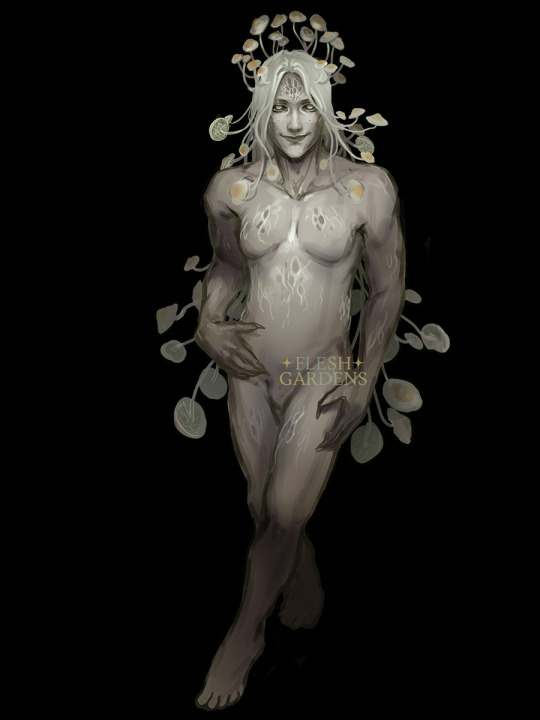Text
"Many people know about the Yellowstone wolf miracle. After wolves were reintroduced to the national park in the mid-1990s, streamside bushes that had been grazed to stubble by out-of-control elk populations started bouncing back. Streambank erosion decreased. Creatures such as songbirds that favor greenery along creeks returned. Nearby aspens flourished.
While there is debate about how much of this stemmed from the wolves shrinking the elk population and how much was a subtle shift in elk behavior, the overall change was dramatic. People were captivated by the idea that a single charismatic predator’s return could ripple through an entire ecosystem. The result was trumpeted in publications such as National Geographic.
But have you heard about the sea otters and the salt marshes? Probably not.
It turns out these sleek coastal mammals, hunted nearly to extinction for their plush pelts, can play a wolf-like role in rapidly disappearing salt marshes, according to new research. The findings highlight the transformative power of a top predator, and the potential ecosystem benefits from their return.
“It begs the question: In how many other ecosystems worldwide could the reintroduction of a former top predator yield similar benefits?” said Brian Silliman, a Duke University ecologist involved in the research.
The work focused on Elk Slough, a tidal estuary at the edge of California’s Monterey Bay. The salt marsh lining the slough’s banks has been shrinking for decades. Between 1956 and 2003, the area lost 50% of its salt marshes.
Such tidal marshes are critical to keeping shorelines from eroding into the sea, and they are in decline around the world. The damage is often blamed on a combination of human’s altering coastal water flows, rising seas and nutrient pollution that weakens the roots of marsh plants.
But in Elk Slough, a return of sea otters hinted that their earlier disappearance might have been a factor as well. As many as 300,000 sea otters once swam in the coastal waters of western North America, from Baja California north to the Aleutian Islands. But a fur trade begun by Europeans in the 1700s nearly wiped out the animals, reducing their numbers to just a few thousand by the early 1900s. Southern sea otters, which lived on the California coast, were thought to be extinct until a handful were found in the early 1900s.
In the late 1900s, conservation organizations and government agencies embarked on an effort to revive the southern sea otters, which remain protected under the Endangered Species Act. In Monterey Bay, the Monterey Bay Aquarium selected Elk Slough as a prime place to release orphaned young sea otters taken in by the aquarium.
As the otter numbers grew, the dynamics within the salt marsh changed. Between 2008 and 2018, erosion of tidal creeks in the estuary fell by around 70% as otter numbers recovered from just 11 animals to nearly 120 following a population crash tied to an intense El Niño climate cycle.
While suggestive, those results are hardly bulletproof evidence of a link between otters and erosion. Nor does it explain how that might work.
To get a more detailed picture, the researchers visited 5 small tidal creeks feeding into the main slough. At each one, they enclosed some of the marsh with fencing to keep out otters, while other spots were left open. Over three years, they monitored the diverging fates of the different patches.
The results showed that otter presence made a dramatic difference in the condition of the marsh. They also helped illuminate why this was happening. It comes down to the otters’ appetite for small burrowing crabs that live in the marsh.
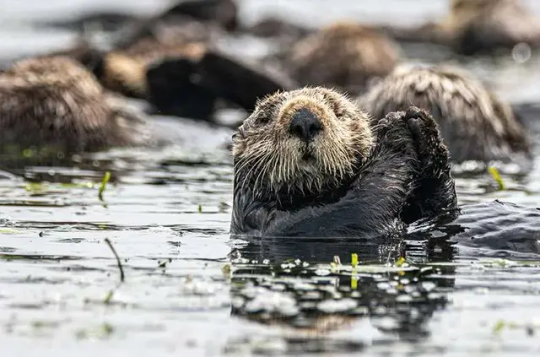
Adult otters need to eat around 25% of their body weight every day to endure the cold Pacific Ocean waters, the equivalent of 20 to 25 pounds. And crabs are one of their favorite meals. After three years, crab densities were 68% higher in fenced areas beyond the reach of otters. The number of crab burrows was also higher. At the same time, marsh grasses inside the fences fared worse, with 48% less mass of leaves and stems and 15% less root mass, a critical feature for capturing sediment that could otherwise wash away, the scientists reported in late January in Nature.
The results point to the crabs as a culprit in the decline of the marshes, as they excavate their holes and feed on the plant roots. It also shows the returning otters’ potential as a marsh savior, even in the face of rising sea levels and continued pollution. In tidal creeks with high numbers of otters, creek erosion was just 5 centimeters per year, 69% lower than in creeks with fewer otters and a far cry from earlier erosion of as much as 30 centimeters per year.
“The return of the sea otters didn’t reverse the losses, but it did slow them to a point that these systems could restabilize despite all the other pressures they are subject to,” said Brent Hughes, a biology professor at Sonoma State University and former postdoctoral researcher in Silliman’s Duke lab.
The findings raise the question of whether other coastal ecosystems might benefit from a return of top predators. The scientists note that a number of these places were once filled with such toothy creatures as bears, crocodiles, sharks, wolves, lions and dolphins. Sea otters are still largely absent along much of the West Coast.
As people wrestle to hold back the seas and revive their ailing coasts, a predator revival could offer relatively cheap and effective assistance. “It would cost millions of dollars for humans to rebuild these creek banks and restore these marshes,” Silliman said of Elk Slough. “The sea otters are stabilizing them for free in exchange for an all-you-can-eat crab feast.”"
-via Anthropocene Magazine, February 7, 2024
3K notes
·
View notes
Text
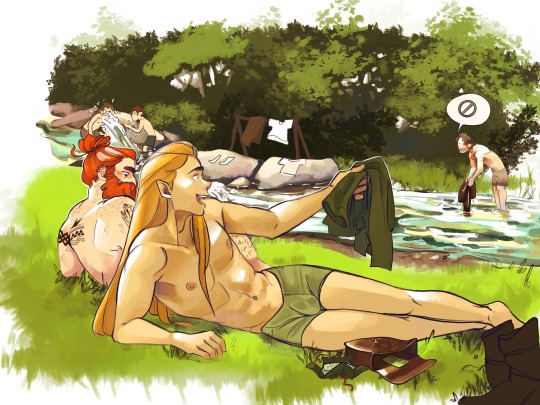
Bullying Aragorn 🩳
697 notes
·
View notes
Text
i learned about Tim Wong who successfully and singlehandedly repopulated the rare California Pipevine Swallowtail butterfly in San Francisco. In the past few years, he’s cultivated more than 200 pipevine plants (their only food source) and gives thousands of caterpillars to his local Botanical Garden (x)

135K notes
·
View notes
Text

#that comparison makes me physically ill#that a single person should have that much money is not only obscene but obviously evil
1K notes
·
View notes
Text

judging
665 notes
·
View notes
Text
How Shall Summer’s Honey Breath Hold Out (1211 words) by katajainen
Chapters: 1/1
Fandom: The Lord of the Rings - J. R. R. Tolkien
Rating: Explicit
Warnings: No Archive Warnings Apply
Relationships: Arwen Undómiel/Éowyn, Implied/referenced Aragorn/Arwen, Implied/Referenced Aragorn/Faramir, Implied/referenced Éowyn/Faramir
Characters: Arwen Undómiel, Éowyn (Tolkien)
Additional Tags: Alternate Universe - Sedoretu Marriage, Sedoretu, Established Relationship, trying new things together, Body Shots, Sort Of, Strap-Ons, Teasing, Sexual Content, Laughter During Sex, also of course wrote Éowyn with genderfluid vibes again
Summary:
If you could bottle up the summer of Ithilien, it would taste of honey, pine sap and the laughter of Arwen Evenstar.
(In which both Arwen and Éowyn have brought one new thing into their shared bed.)
***
My third story set in this Sedoretu AU, but could probably be read as standalone. Fills the squares Body Shots, Strap-ons, Messy Sex and Interspecies Sex (free space) for the @tolkienpinupcalendar 's Thankful for Rare Pair Bingo.
0 notes
Text
Caves are weirder and more varied than you think



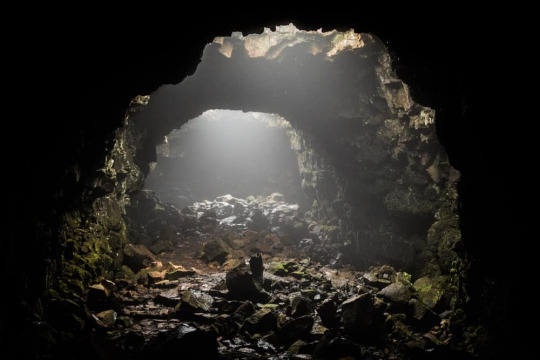


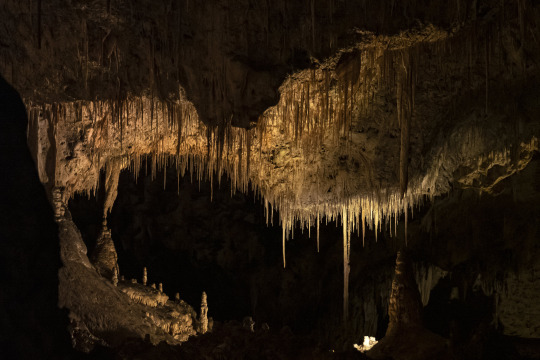
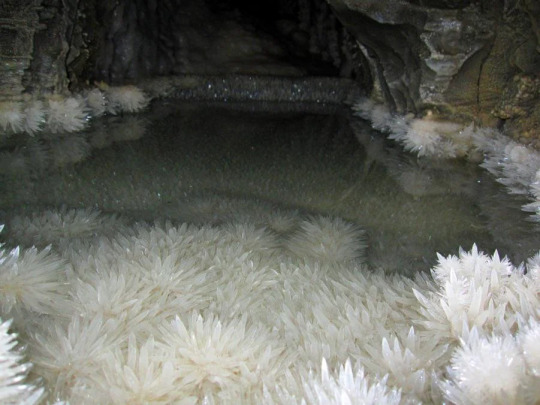

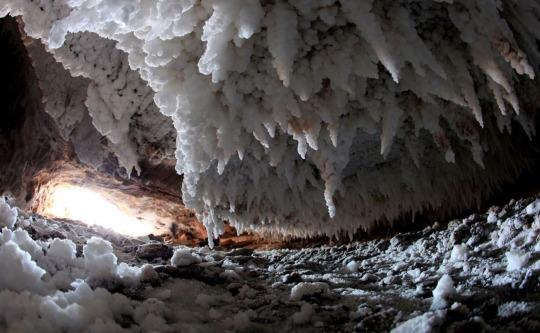
142K notes
·
View notes
Text


18th century daggers from India and Turkey
12K notes
·
View notes
Text


save me sexy british army doctor save me
1K notes
·
View notes
Text
Hehe... when Pratchett does Shakespeare




1K notes
·
View notes
Text
I'm trying to write a post about tick safety and avoiding tick bites, but a lot of the info on websites is like "Avoid going in the woods, in plants, and where there are wild animals" and "Activities like hiking and gardening can put you at risk" and I'm like thanks! This is worthless!
As ticks and tick borne illnesses are expanding their range, I think it's important for people to be educated about these things, and I think it's especially important to give people actual advice on how to protect themselves instead of telling them to just...avoid the natural world
Rough draft version of Tick Advice:
Ticks don't jump down on you from trees, they get on you when you brush against grass, brush, bushes etc.
Ticks get brought to an area when they get done feeding from an animal and fall off them. In the USA, the main tick-bringing animal is deer, but I've seen plenty ticks on feral cats and songbirds.
Ticks get killed when they dry out so drier areas with more sunlight are less favorable to ticks.
The above is useful for figuring out whether an area is likely to have lots of ticks, and how vigilant you have to be in that area.
Wear light-colored, long pants outside. Tuck your pants into your socks, and tuck your shirt into the waist of your pants. Invest in light, breathable fabrics idc
IMMEDIATELY change out of your outside clothes when you come back from a tick-prone area, wash them, and dry them on high heat to kill any ticks that might be stuck on.
Shower and check yourself for ticks after coming inside. Hair, armpits, and nether regions in particular. You can use a handheld mirror or rely on touch; an attached tick will feel like a bump kinda like a scab
While you're outside, you can just periodically check for ticks by running your hands down your legs and checking visually to see if anything is crawling on your clothes. Light colors make them easy to spot, and they don't move fast.
Combing through each others' hair to check for creepy crawly critters is a time-honored primate ritual and is not weird. When hiking, bring a friend who will have your back when you feel something on your neck and need to know if it's sweat or a tick
If you're careful, you can usually catch ticks before they bite you, but if one does bite you, it's not the end of the world. Since tickborne diseases are different regionally i suspect this advice will differ based on where you are, but the important thing is remove the tick with tweezers (DON'T use butter, a lit match, or anything that kills the tick while it's still attached, please) and contact a doctor to see what to watch for. Most illnesses you can catch from ticks are easily treatable if you recognize them when symptoms first appear
41K notes
·
View notes
Text
Two cake theory also means your small underrated fic can be someone’s comfort fic
3K notes
·
View notes
Text
“That’s the whole secret: To do things that excite you.”
— Ray Bradbury, The Art of Fiction No. 203
574 notes
·
View notes
